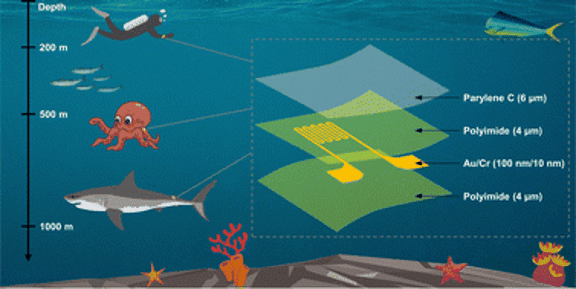Dynamic Compact Flexible Sensors Revolutionize Advanced Deep Sea Pressure Monitoring
Exploring the enigmatic depths of the ocean demands cutting-edge technology capable of enduring the extreme conditions prevalent in this mysterious realm. The advent of compact, flexible sensors represents a groundbreaking advancement in deep-sea pressure monitoring, revolutionizing the landscape of oceanic research and data acquisition. These state-of-the-art devices can now be observed intricately integrated within autonomous underwater vehicles or affixed to marine organisms, playing a pivotal role in supplying crucial data that enriches our knowledge of one of the last uncharted territories on Earth.
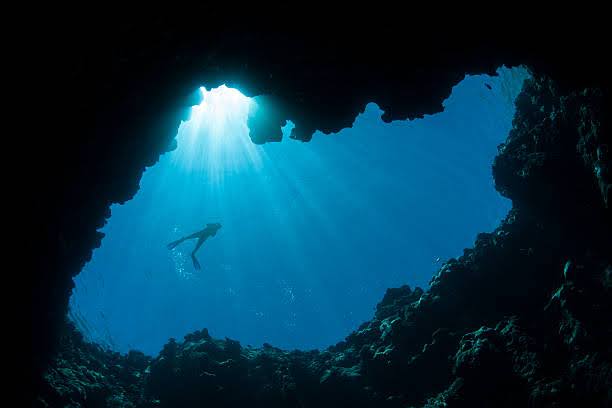
Designing pressure sensors that are both compact and flexible presents a remarkable engineering achievement. The harsh deep-sea environment exposes these sensors to immense pressure and unpredictable movements, demanding a high level of resilience and versatility. These dynamic sensors not only provide a non-intrusive method of measurement but also exhibit enhanced durability and adaptability, rendering them exceptionally suited to the myriad challenges encountered in the abyssal depths. By leveraging these cutting-edge tools, your foray into deep-sea exploration can be significantly enhanced, facilitating a more efficient and comprehensive investigation of the mysteries concealed within the vast and largely unexplored realms of the ocean.
Key Takeaways
- Cutting-edge technology enables durable and less obtrusive deep sea research.
- Compact and flexible design is key to sensor adaptability and functionality.
- Enhanced sensors improve data collection and broaden ocean exploration capabilities.
Design Principles of Compact Flexible Sensors
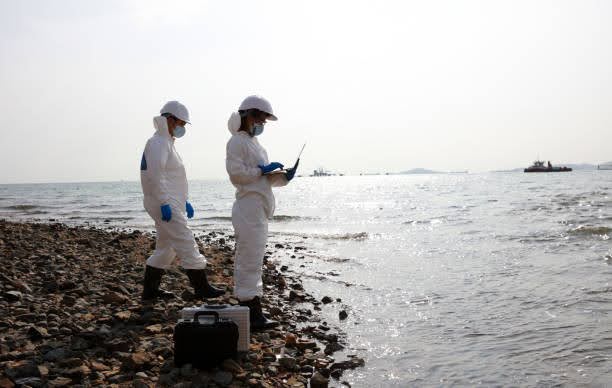
Essential to the advancement of deep-sea exploration, the development of flexible pressure sensors is crucial. These sensors must not only combine a robust design with advanced materials and geometries but also possess the capability to withstand the extraordinarily harsh and challenging conditions present in deep-sea environments.
Materials and Fabrication
Crafting adaptable Compact Flexible Sensors demands meticulous material selection to ensure optimal performance. The choice of materials plays a critical role in the sensor’s versatility and functionality. Parylene C film emerges as a standout choice due to its exceptional chemical resistance and biocompatibility, ensuring prolonged functionality even in the harshest oceanic conditions. When combined with lithographically patterned gold thin films, which function as electrodes, this can create a sensor that not only boasts high sensitivity but also offers remarkable stability. The fabrication process demands careful consideration; materials are chosen based not only on their mechanical and electrical characteristics but also on their ability to harmonize with other sensor elements within the challenging high-pressure and corrosive marine environment.
Sensor Geometry and Flexibility
When it comes to sensor geometry and flexibility, a crucial trade-off arises between surface coverage and sensitivity. This decision-making process requires a thoughtful consideration of various factors. For instance, opting for a rectangular pressure sensor may present advantages such as a simplified design and seamless integration with existing electronic systems. Conversely, radially symmetric pressure sensors provide a unique advantage in terms of homogenous stress distribution. This feature becomes particularly critical when striving for precise measurements in complex omni-directional pressure environments. The choice between these designs is pivotal in ensuring the sensor’s effectiveness and accuracy across different applications and scenarios.
The adaptability of the design hinges significantly on the geometry it incorporates. It is a critical factor in ensuring its effectiveness and functionality over time. Intricate patterns within the design not only serve to bolster flexibility but also play a crucial role in upholding sensor integrity amidst deformation scenarios. This is particularly critical in scenarios where the design must adapt to the unique contours of submerged equipment or the undulating sea floors.
By integrating these intricate and flexible design elements, this effectively ensures that the sensors possess the ability to bend and stretch as needed without compromising the precision or functionality they offer. In doing so, this crafts a robust and resilient system that is well-equipped to withstand the challenges presented by the depths of the ocean.
Functional Characteristics
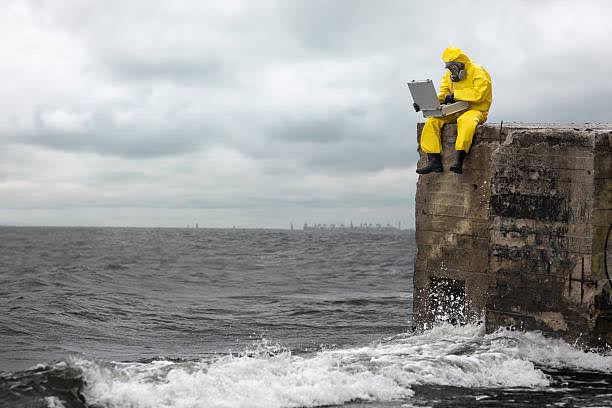
Navigating the great depths of the sea demands specialized sensors with unique capabilities. Deep sea pressure monitoring sensors need to demonstrate exceptional precision to accurately measure the varying pressures, high sensitivity with minimal hysteresis to capture subtle pressure changes, and consistent performance to ensure reliable data collection in challenging underwater environments, all while maintaining low power consumption for prolonged operational efficiency.
Pressure Measurement Accuracy
In deep-sea environments, accurate pressure measurement is vital due to high pressure’s impact on data. Designing sensors with precision to maintain pressure within an acceptable error range is crucial for data integrity. For instance, using fluidic dielectrics in pressure sensors enhances accuracy and reliability. Advanced technologies help researchers handle deep-sea pressure challenges, ensuring precise data collection.
Sensitivity and Hysteresis
A sensor’s sensitivity is a crucial factor in its ability to detect even the most subtle changes in pressure, especially when it comes to monitoring the deep sea environment. Another significant consideration is the importance of maintaining low hysteresis, ensuring that the sensor reliably returns to its original state following pressure fluctuations. Additionally, the temperature sensitivity of the materials employed in the sensor’s construction plays a pivotal role in determining its overall performance, necessitating careful consideration and integration into the design process.
Power Consumption and Reliability
Low power consumption is vital for sensors in prolonged operation, especially in deep-sea pressure sensor designs. Reliability is crucial in harsh ocean conditions, ensuring long-term stability and consistent performance. Ongoing accuracy and pressure monitoring without frequent maintenance are key for effective deep-sea sensor use.
Custom Solutions With CellScale
Collaborating with CellScale offers the opportunity to enhance the analysis of materials and biological specimens gathered from the deep sea, applying their sophisticated testing systems and bioreactors for in-lab research. With a focus on precision and customization, CellScale aids in the development of innovative solutions tailored to the specific requirements of your project, ensuring the durability and effectiveness of materials under extreme conditions. Their expertise can significantly contribute to advancing your understanding of the deep sea’s unique environment and its impact on materials and organisms.
For more detailed information on working with CellScale for lab-based solutions, get in touch with us.
Applications and Integration
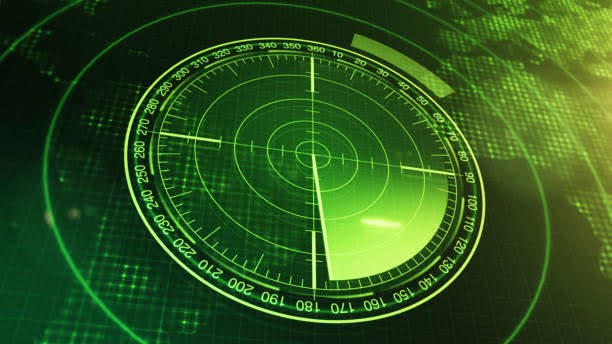
In the realm of deep-sea exploration and monitoring, the utilization of compact and flexible sensors opens up groundbreaking possibilities. These state-of-the-art sensors, equipped with advanced technology, play a crucial role in enabling the collection of precise and reliable data even in the most challenging oceanic conditions. The evolution and application of these sophisticated instruments are pivotal in enhancing our understanding of the intricate underwater ecosystems and the mysteries of the deep sea.
Underwater Robotics and Equipment
You can significantly advance the field of underwater robotics by incorporating state-of-the-art soft pressure sensors that have the capability to detect even the slightest hydrostatic pressure changes. These technological advancements open up possibilities for real-time monitoring of the intricate pressures exerted by the deep-sea environment, ensuring a deeper understanding and safer exploration of the ocean depths.
By seamlessly integrating these cutting-edge sensors into diver equipment, a new level of safety and precision is achieved, empowering divers to navigate and interact with the complex terrain of the ocean with unparalleled ease. One notable application of these flexible pressure sensors is their contribution to high-precision strain sensing, enabling divers to execute delicate maneuvers essential for interacting with sensitive habitats in the underwater world.
Biological Research and Animal Tags
In the pursuit of valuable biological data, the practice of tagging marine animals with sensors proves to be indispensable. These sensors, often found on miniaturized animal tags, are designed with flexible capabilities that enable the monitoring of intricate behaviors exhibited by creatures such as the deep-sea crab, Portunus pelagicus. Importantly, these sensors can achieve this without hindering the natural movements of the animals being studied.
Not only do these tags gather essential data on the animals themselves, but they also provide insights into the surrounding oceanic environment, offering a comprehensive view of marine ecosystems. Furthermore, recent studies on soft robots utilized for deep-sea exploration have illustrated the potential for these tags to be integrated with acoustic systems. This integration could significantly enhance research efforts aimed at furthering our understanding of the complex underwater world and its inhabitants.
The advent of compact, adaptable sensors for deep-sea pressure monitoring ushers in a new era of exploration in uncharted ocean depths. These cutting-edge devices endure harsh conditions and integrate seamlessly with underwater platforms, enhancing our understanding of marine ecosystems. Through advanced materials and precision design, these sensors enable researchers to collect accurate data, revolutionizing oceanic research and exploration.

